William Clein: approach you, anger you, then press the shutter
Author:WELENS Time:2022.09.19
On September 10, Williiam Klein, French "Father of Street Photography", died in Paris.
Klein was born in New York and has lived in Paris for more than 70 years. In his later years, he was more willing to call himself a Parisian, and he used a word for his hometown of Apple City to describe: tolerate.
In the last ten years of life, he is still keen to take pictures. Every day, he will carry Laica's film camera every day. He is holding a roll of film in his pocket to shoot anyone he sees.
Because of making friends with good friends, he did not refuse the media interviews because he was a rare words. In his later years, he occasionally returned to New York. He took a reporter to see a dilapidated building on the corner of Amsterdam Street in New York. This is where he grew up.
After knocking at the door for a long time, the owner of the old residence was not at home. The happy old man was not frustrated, and he talked with the residents who came and went in the building. Is there still cockroaches now? "
Claine came to Harlem. The photos taken here when he was young made him famous overnight. At that time, Harlem was a weird and dangerous area. It is still the case for some white people.
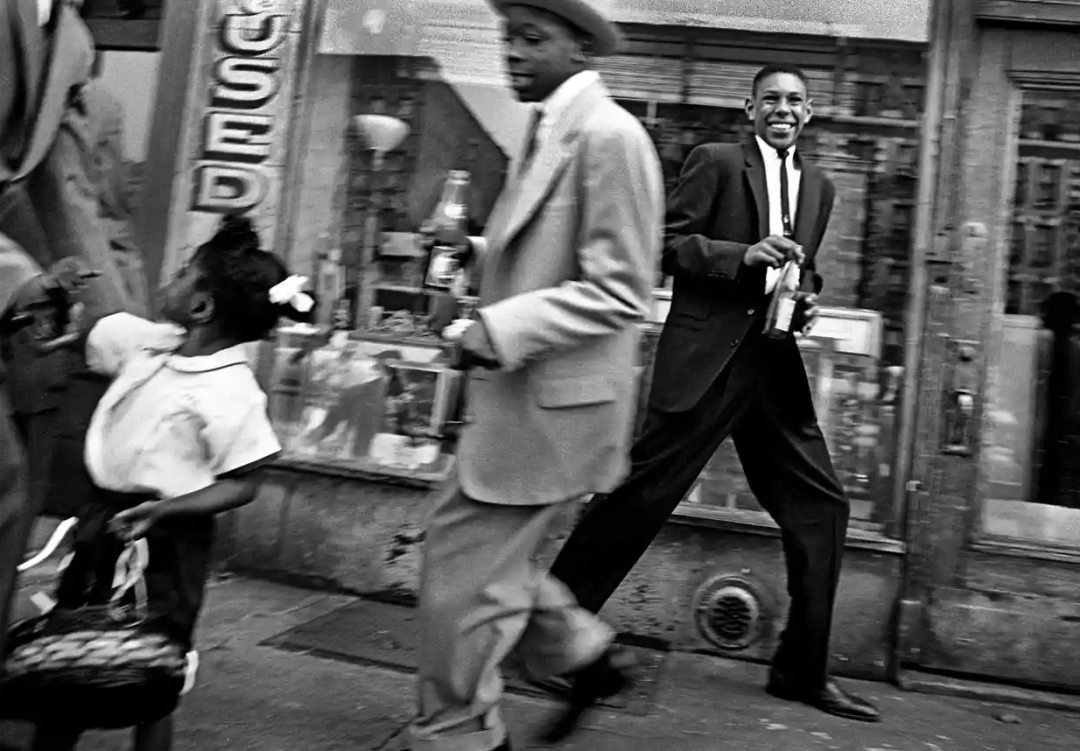
Clein crossed the crutch and chatted with everyone he had. Listening to how the locals said how to slip into the theater to watch the show, listen to the gossip stories of Barber and the mature guest in the barber shop.
The BBC host who followed him at the time commented in the painting sound that William Clein looked at everything with curious eyes.
Klein lit cigarette in front of the camera. The host and photographer did not avoid it. "William, they told you that you can't smoke in the BBC program?"
Claine exposed a smile that was unacceptable and continued to spray the clouds and vomit:
"No way, I'm tired."
get away
William Clein was born in a Jewish family in New York in 1926. After his grandfather immigrated to the United States, he took the tailor as a living, and his business had done well. When he arrived at his father, he suddenly fell in his family. He didn't take long after he was born, and his father was obsessed with the stock market, and finally lost his family in the depression.

The young Clai was forced to move to a district with lower life costs with his parents' hard life. "Have you ever watched the old movie" Dead End Kids "in the 1930s, which is exactly the same as those scenes, everyone is numbly alive."
"I was so distressed every day in the room, and I seemed to hear me calling me out of the door." With the arrival of adolescence, he always appeared in the Museum of Modern Art (MOMA). His parents at first thought he went out of ghosts. Later, he learned that he was going to see the art exhibition, and he was more assured.
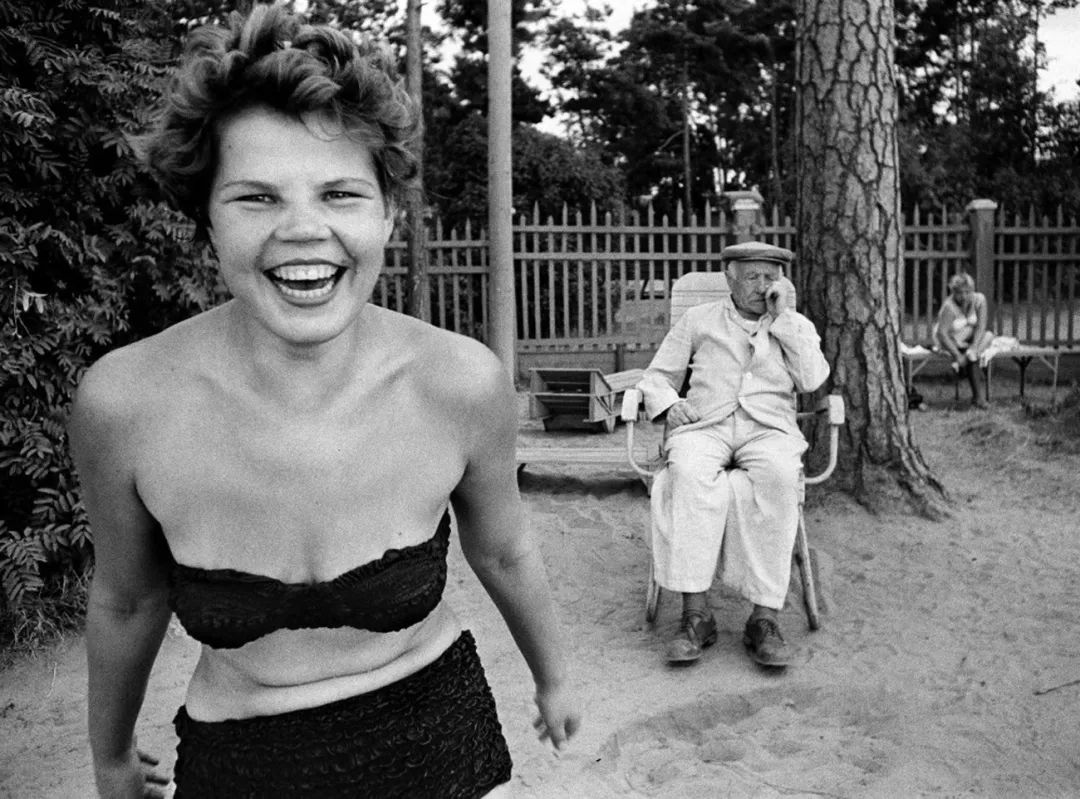
At the age of 18, he should join the army. As a communications soldier, he followed the US military to Europe and went to Germany first. When the war was over, the war was over.
As part of the US -French Friendship Agreement, the U.S. soldiers have the opportunity to stay in Europe to study. Klein began a new life at the University of Sorbon University in Paris. He lived like a king in Paris.
He met a young girl who passed by bicycle on the street, and the two fell in love at first sight. At the age of 19, he married Jenny Florin, and his wife later became a model and painter, and the two spent 50 years.
Paris
In Paris, William Clay began his career in the artist. He first accepted the guidance of Andre Lot, and then turned to the door of the modernist master Fernande Lei.
"Go to the fuck gallery and the fucking collectors, these have nothing to do with you," Klein has always remembered these words of Laihe. "Your biggest problem is to try to become this city a part of."
Lai Ji let these young people learn to "open their eyes", take the streets from the studio, and depict the texture of the city on the walls and architectural materials. So a good student Clain became a mural, and in 1952, he held his own abstract conceptual mural exhibition in Milan.

Painting in 1949
At the art exhibition, he met Architect Angelo Manjiahodi. The two began a new art cooperation to create random geometric patterns on the interior sliding panel designed by the latter. Opportunities for photography.
He realized that he could use such creative methods in the dark room to obtain a variety of abstract shapes with long exposure. Such a fuzzy style was also used in many documentary creations in later.
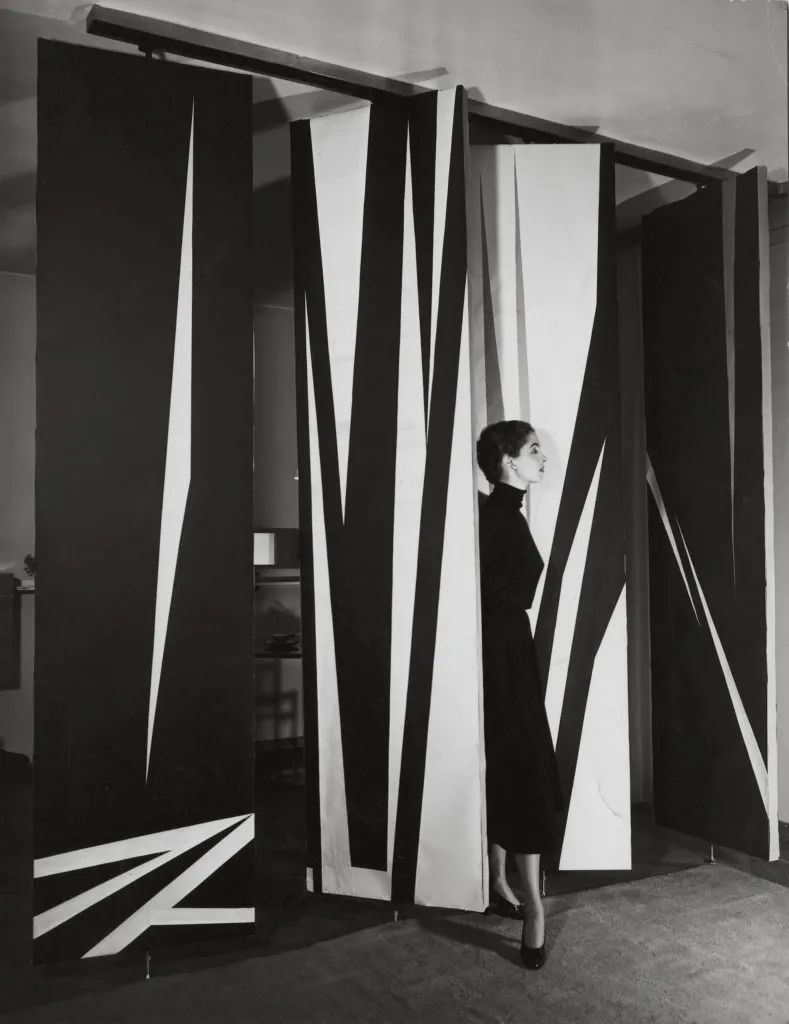
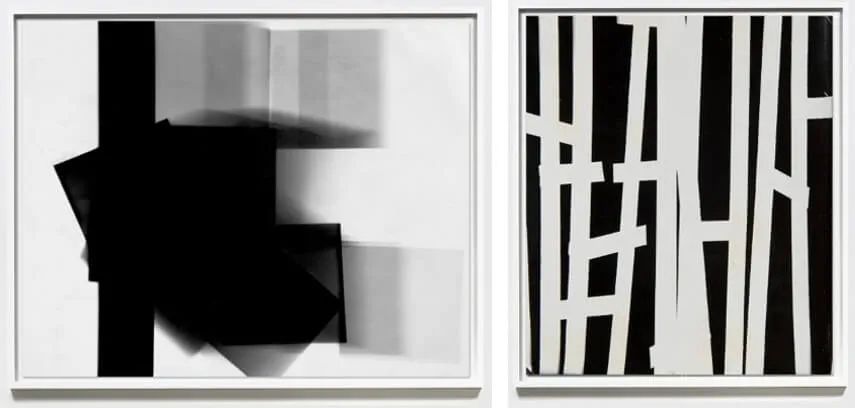
Klein's work has attracted the attention of the literary and art circles, including the art director of "VOGUE" magazine Alexander Liberman.
In 1954, Liberman provided a job for Claine. When Liberman asked him what he could do in New York, Klein's answer was: shooting New York in a new way.
As an American who has lived in France for six years, Clain has become a mixed -race at this time, and his hometown New York has become a strange foreign country to him. "I have become a national asponist who pretends to be a nation. Like an explorer treats indigenous people, I look at the New Yorkers again."
New York
With a second-hand camera bought from Henry Catier-Bresson, and "VOGUE", "VOGUE" gave him a $ 100 living expenses per week, Claine returned to his hometown of New York.
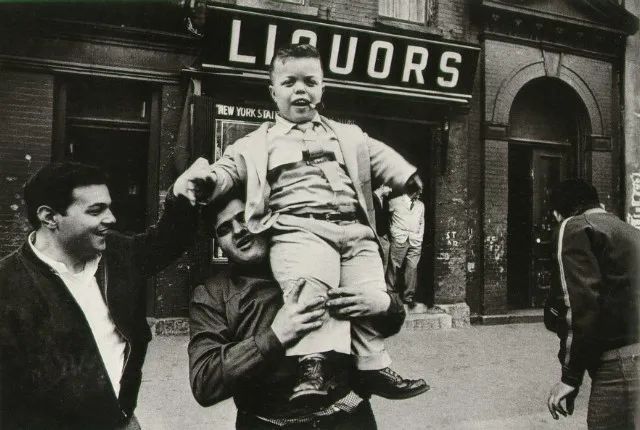
In 1955, in New York, "mascot" he created a video diary, using the lens to depict this city that has not intersect with himself.
"Claine will not conceal the intention, and will go to the photographer to talk to him, tease, and even anger. The impact of such close -to -lens language is unparalleled, just like a heavy punch that hit the audience." Some critics said this.
Claid stuffed the story of the streets of New York into the picture with a wide range. In his most famous photos, a violent child pointed at the camera with a gun, and another boy around him was numb. "This is just for fun. At that time, these children were making trouble on the street. I asked him to play such a role. He was not a bad child in itself." Klein explained.

In 1955, New York 1955 "watch the gun"

His photography style, many people at the time seemed to be almost provocative, regardless of the set of standards, in his works, you can see frying, overtime, and composition at will.
"These photos have the rudeness I have never seen." Libeman commented on this series of New York works of Klein. He still agreed that Klein was a genius who did not come out. It has also retreated and did not publish these photos on Vogue.
Not only "VOGUE", because the obvious anti -capitalism and anti -consumerism colors transmitted in the photo, none of the American publishers were willing to publish the New York works of Klein.
1955, New York

When he showed his work to the French, he received a high evaluation.
Klein finally found an French publisher Editions Seuil, in 1956 "William Klein: Life in New York is beautiful to you" ("LIFE Is Good Good for You in New York") published It caused a sensation in Europe and won the Nadal Award.
William Clai became popular because of a cannon. With almost the same way, he shot three other collection of photography: "Rome" (1960), "Moscow" (1964), "Tokyo" (1964).

Every time a city, he always shows his attachment to the street.
In Tokyo, he encountered a dark dance group, and the other party hoped to shoot in the studio. Finally, Klein still insisted on going to the street. In the end, they appeared in the alley of Ginza with their heads and naked upper body. The atmosphere at the scene was very weird, but it showed enough impact in the camera.
Fashion
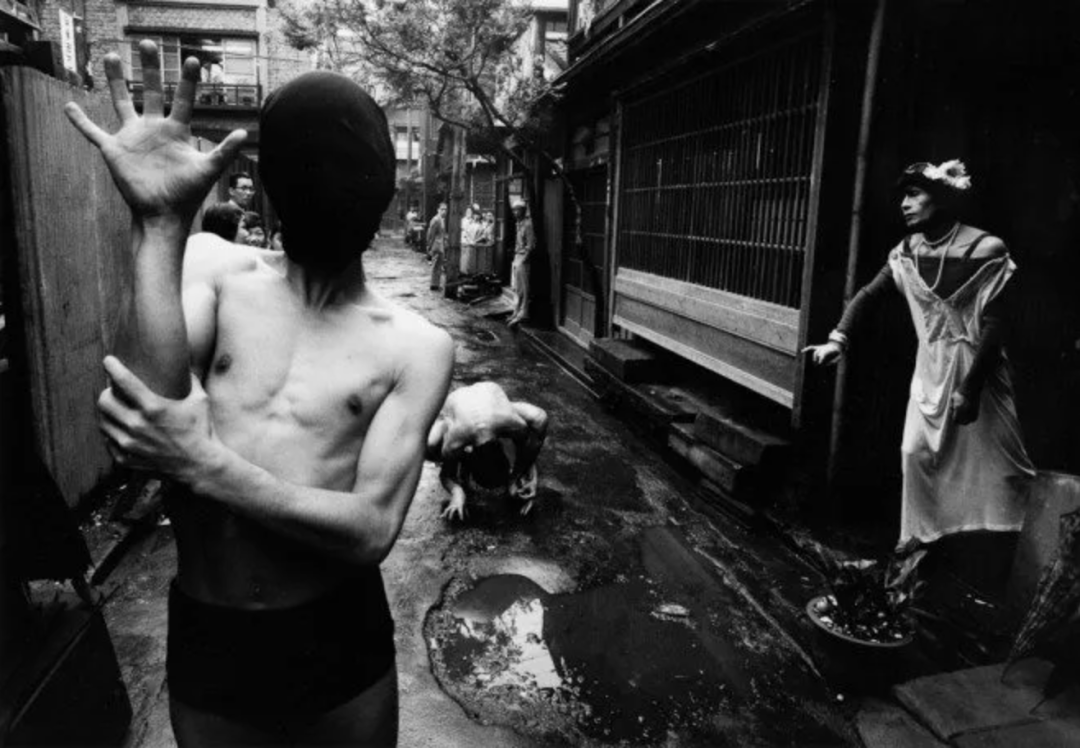
In the eyes of Alexander Lerberman, Klein is still the "genius who breaks superstition". Although he has not published those rough street photography in Vogue, he still invites Klein to shoot fashion photography.
1968, Paris
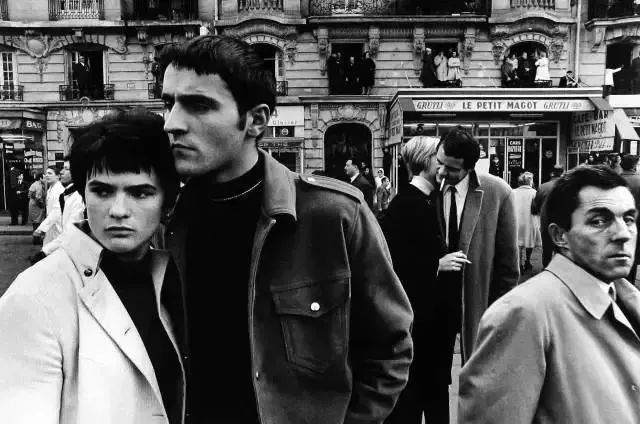
Prior to this, Klein had no contact with fashion at all. "But I understand that this is a good living plan for a family, because the only photo that can make money in that era is fashion photos."
When a person cross -border to his unfamiliar field, he often turns back to find a way from his familiar experience. Claine is so -he did not have the answer to the model list in his hand. The girls brought to the streets, which belonged to his site.
No matter how noisy the background, the dim light, or the dim light, it will not limit the performance of Klein. Instead, he can become a tool he uses and build his own unique style visual language.
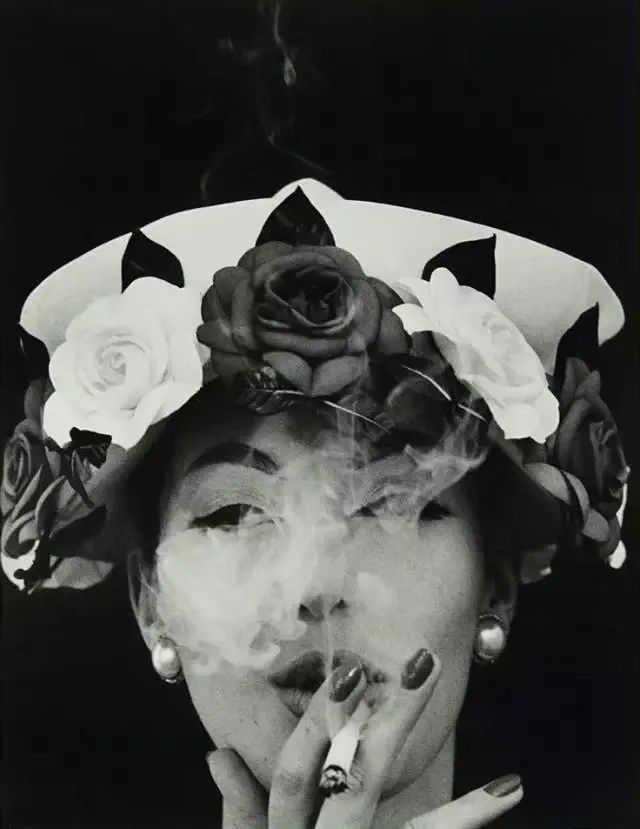
One of the classic photos can explain the problem: the supermodel Isabella Albini wearing a spiral ribbon pattern was placed in front of the amusement park's huge rotation entertainment. The rotating light turned into a spiral flow through the slow door, crossing the outline of the model's face and body, forming an extraordinary effect of light and shadow invasion.
In the playground
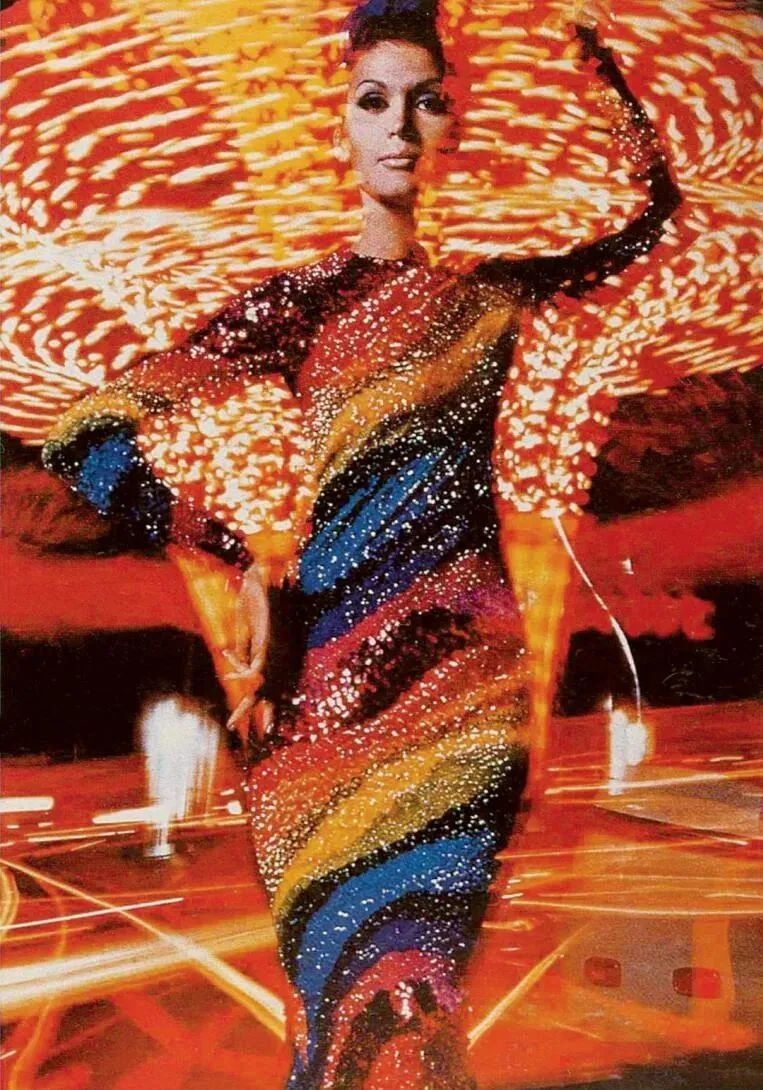
In Klein's eyes, it is not a terrible thing. He will let the model stand on the Alexander Third Bridge of Cheshui Malun, wearing a Chinese suit, and when the traffic police are afraid to press the shutter when the traffic block is stopped.
Model on the street

Street mirror
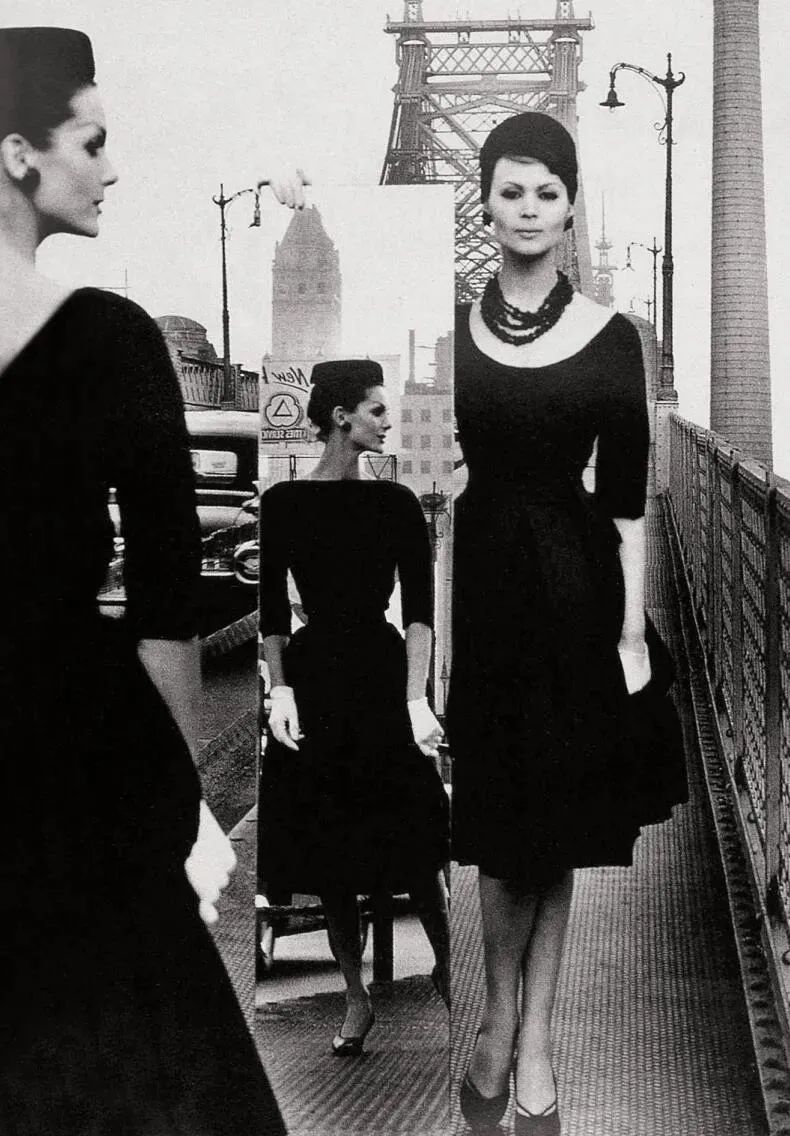
The "blur, virtual focus, and coarse particles" accused by traditional photography critics in the documentary photos appear different in fashion photos. Clai used his own method in street photography to shoot the chic scene of the helicopter when shooting a model. Such a "pseudo -rush -up photo" was pioneering at the time, and now it has become a fixed routine of fashion photography.
Rush
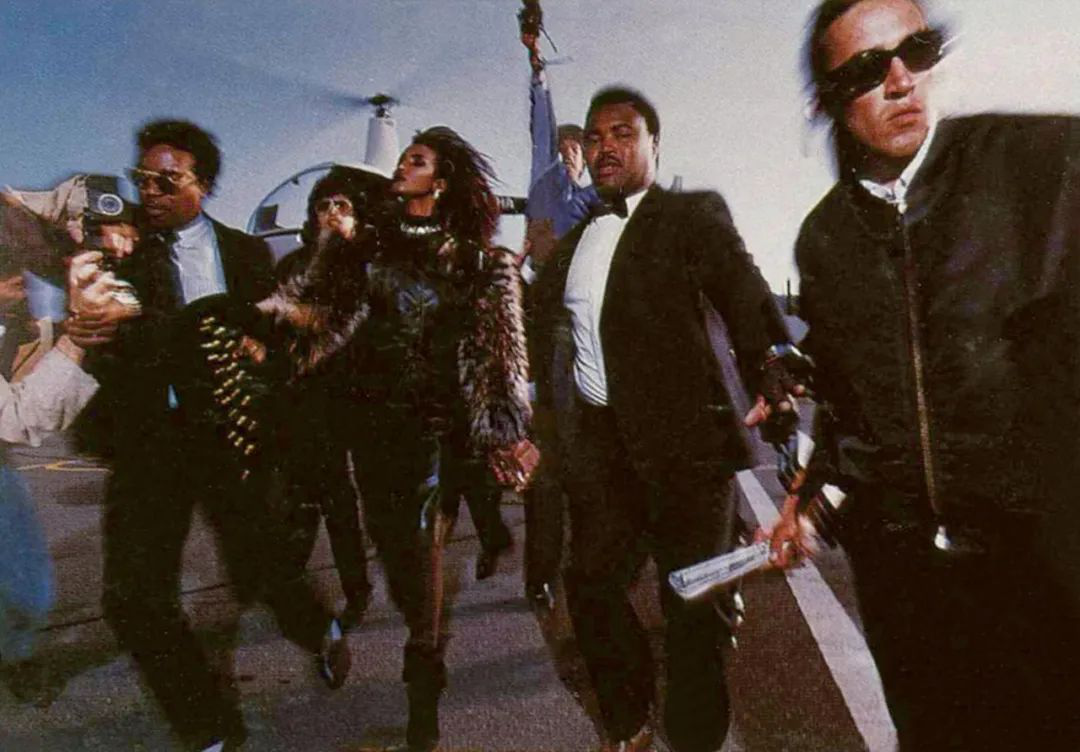
Unlike street photography, Klein likes to use telephoto lenses in fashion shooting, hiding in places where models and people are invisible to take pictures that are happening.
Once in Rome, he asked the model to walk back and forth on the road in a striped dress. The pattern on his body echoed the horizontal line. As a result, the passers -by of the photographer thought that these models were prostitutes. They began to whistle, ask the price, and even manipulate their feet. The staff of "VOGUE" hurried forward and stopped.
era

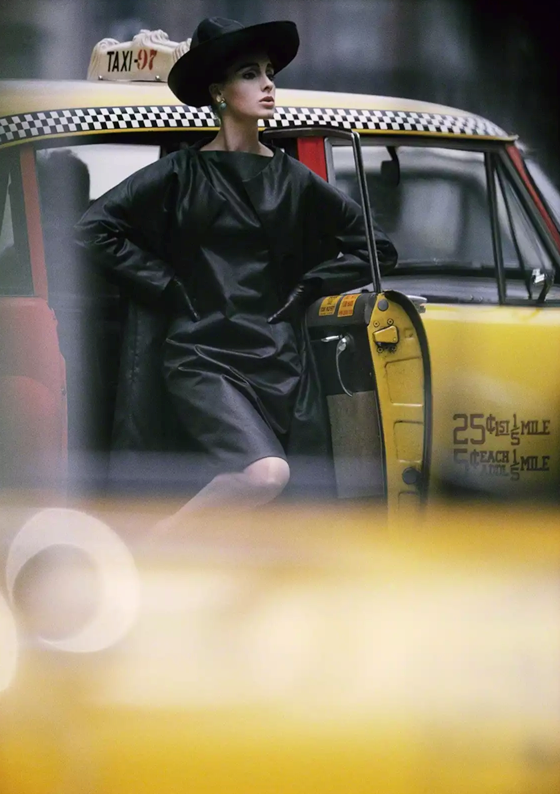
After obtaining sufficient names and profits by photography, William Clein put away the camera in 1965 and focused on another child's dream -filming.
Because of the popularity of the New York camera, he filmed in 1958 full of irony "The Hundred and Lao Hui of Light". He actually enjoyed the process of being a director. Such a small cost movie can control everything and express his views as much as possible to express his views. Essence After putting down the camera, he continuously filmed "Who are you?", "Mr. Liberty", "The Great Man: Mohammed Ali", "The Story of Little Richard", "Fashion in France", etc. Films and documentary are the main success, but Klein was very happy as the photography field.
After the 1980s, he picked up the camera again and returned to static photography with close -up lens and wide -angle lens.
At the same time, continue to use painting and video to create multimedia works. He later tried digital camera creation. It was still very simple and rude. He used automatic transmission to cope with everything, but he always took the taste.
His time has long passed, and the younger photographers affected by him, such as Moriyama Avenue, have become the mainstream of the world.
Claine won a variety of awards in the 1990s and early 21st centuries to affirm his granted achievements. From the Harcho Award to the Century Medal awarded by the Royal Photography Society of London, New York, Paris, Tokyo, Milan, Edinburgh, He is everywhere.
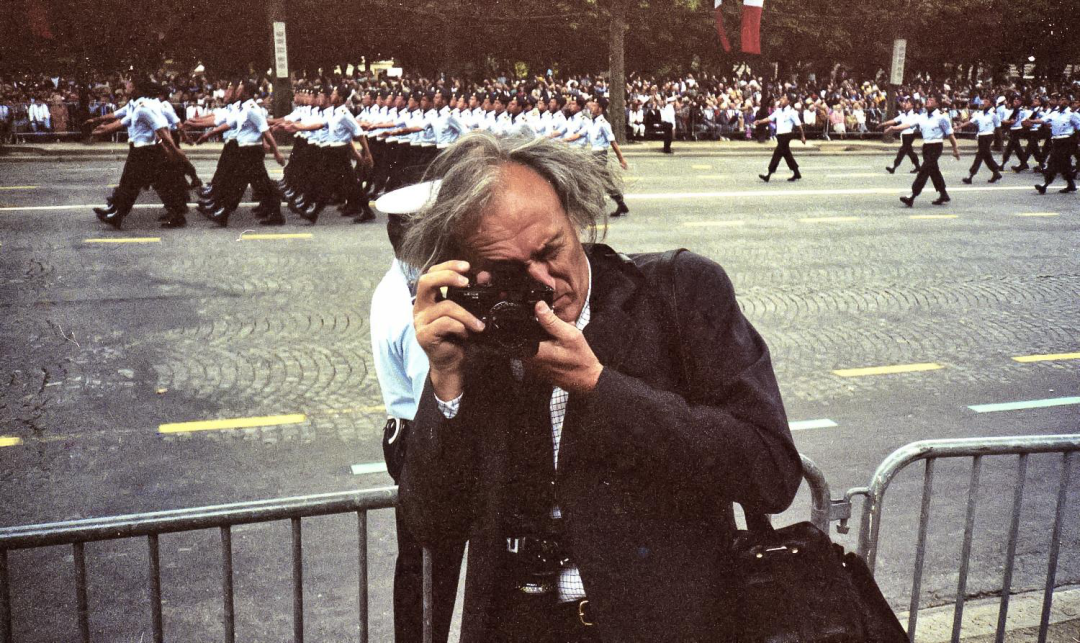
In his later years, he returned to the streets of Times Square and watched a card camera in the hands of the tourists. He still pressed the shutter to the crowd.
"I like to take pictures, especially street photography, because it is very interesting. When I stand on the street, I think I am like a child. It gives me a chance to explore, interact with people, and press the shutter to press a shutter. Lost yourself in an instant. "
He said that he was still looking forward to the moment of rinse of each film, everything was unknown, but this was the charming place of photography.
Author: leo editor: MIFFY operation: Xiaoqi
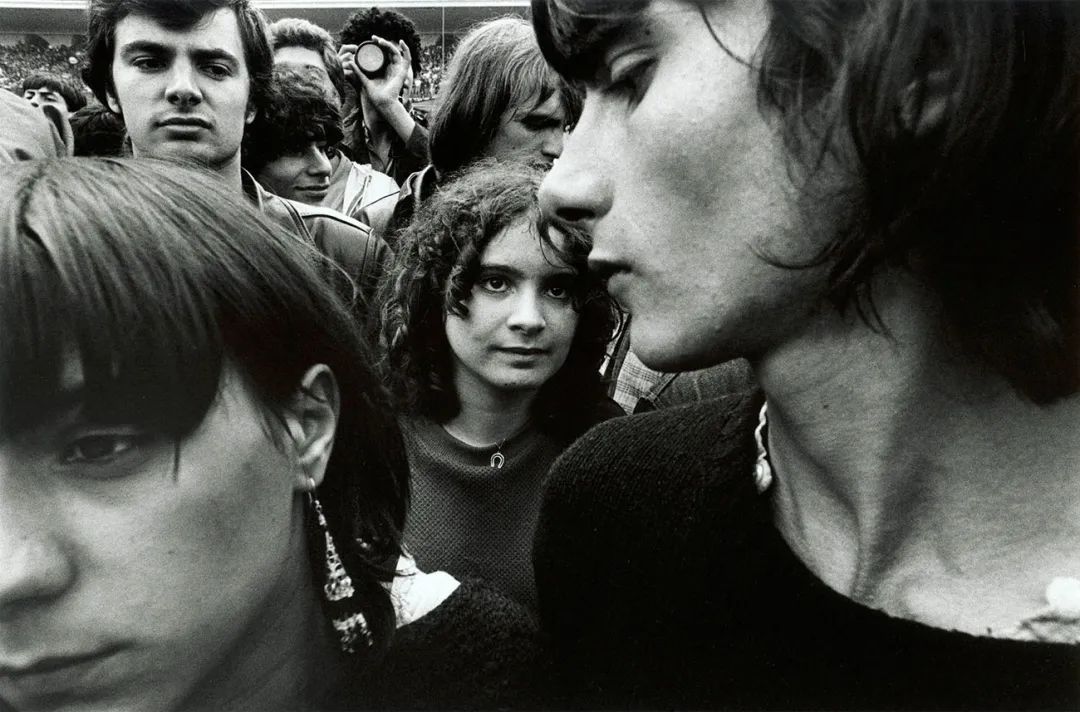
- END -
Chinese Embassy in Korea commended!
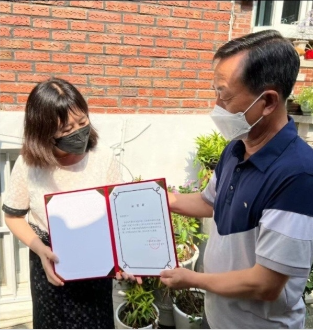
According to the WeChat public account of the Chinese Embassy in South Korea, on A...
Kishida Wenxiong returns to Tokyo in advance
Comprehensive Japanese media reports, on July 8, former Japanese Prime Minister Shinzo Abe was shot during his speech.